Unless you’ve been blessed with the greenest of green fingers, you’ve probably realized by now that keeping plants alive isn’t as easy as it might seem. Just when you think you’re doing everything right, your plant stops thriving and you’re wondering what happened. The good news is that most houseplant problems are easy to fix. So, before you give up and buy plastic plants instead, here are some tips about the most common issues you might experience with your houseplants.
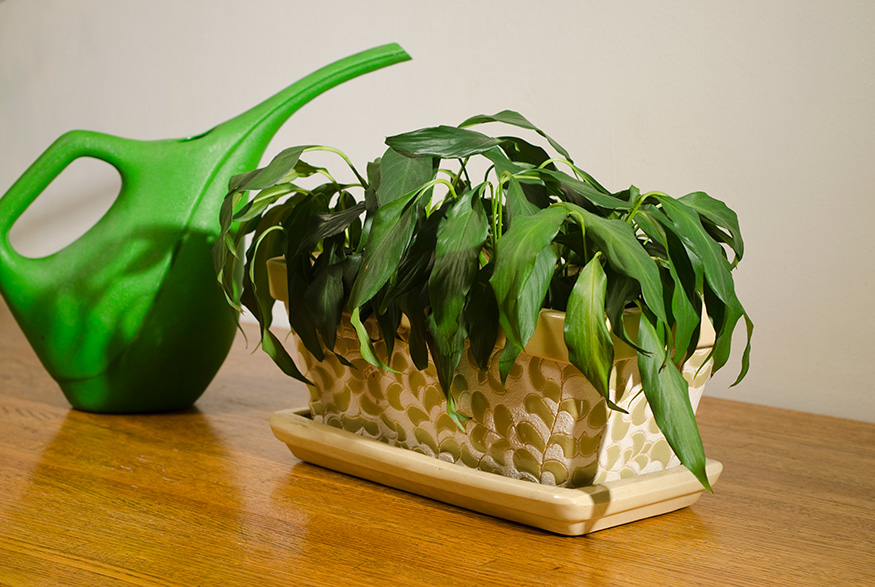
The Problem: Overwatering
Overwatering is common, especially among novice plant owners. When your plant gets too much water, its leaves may become yellow or fall off. Small or wilted, droopy leaves, weak growth or a plant that simply wilts can also be signs of overwatering.
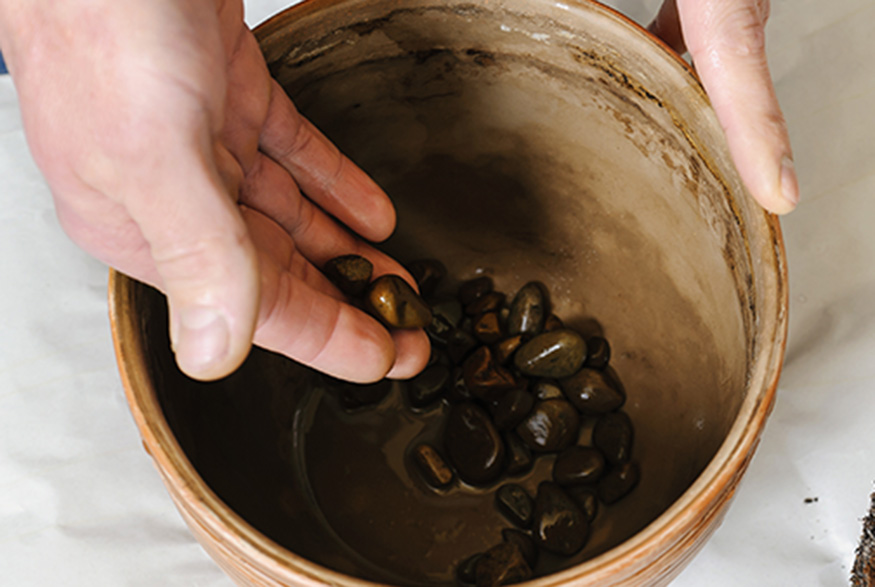
The Solution
The obvious solution for overwatering is to give your plant less water. How much water your plant actually needs depends on the species. Also make sure that the soil has good drainage (as shown) so that it won’t remain wet for too long and damage your plant’s root system.
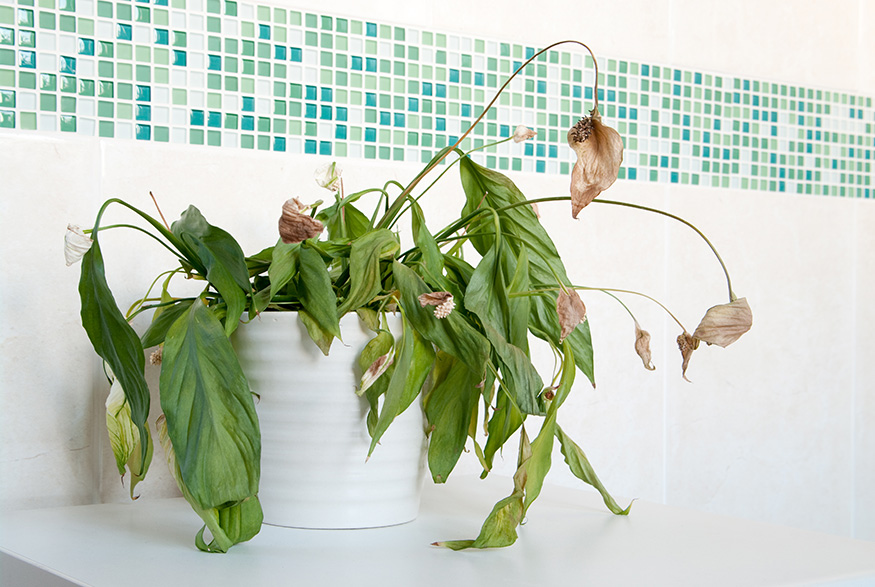
The Problem: Dehydration
A dehydrated plant is one that doesn’t get enough water. Signs of dehydration include brown leaf tips that feel hard and crispy, small leaves and wilting.

The Solution
When your plant is dehydrated, don’t make the mistake of giving it too much water. Instead, water it more often and check that the water soaks thoroughly all the way through the soil. Also check the soil drainage, because soil that is too sandy will drain too fast.
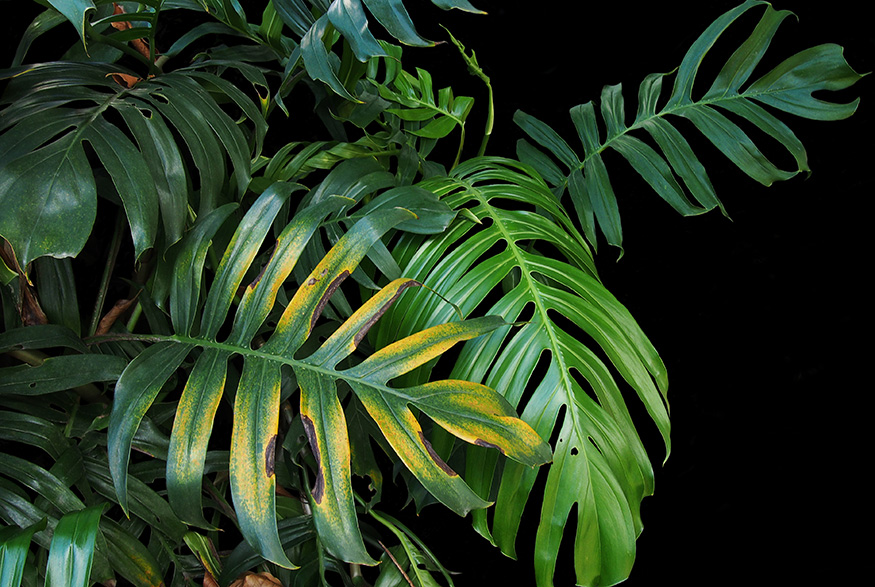
The Problem: Low Humidity
Some plants, especially those that are native to tropical forests, get much of their moisture needs from humidity in the air. If your plant starts developing brown streaks or the leaves become yellow or loose, the humidity might be too low.

The Solution
When your plant needs more humid conditions, get a spray bottle and mist its leaves more often. It’s also a good idea to move it to a room where the air contains more moisture, such as the bathroom. Drafts can dry out the air, so move your plant away from open windows and doors and the air-conditioner.
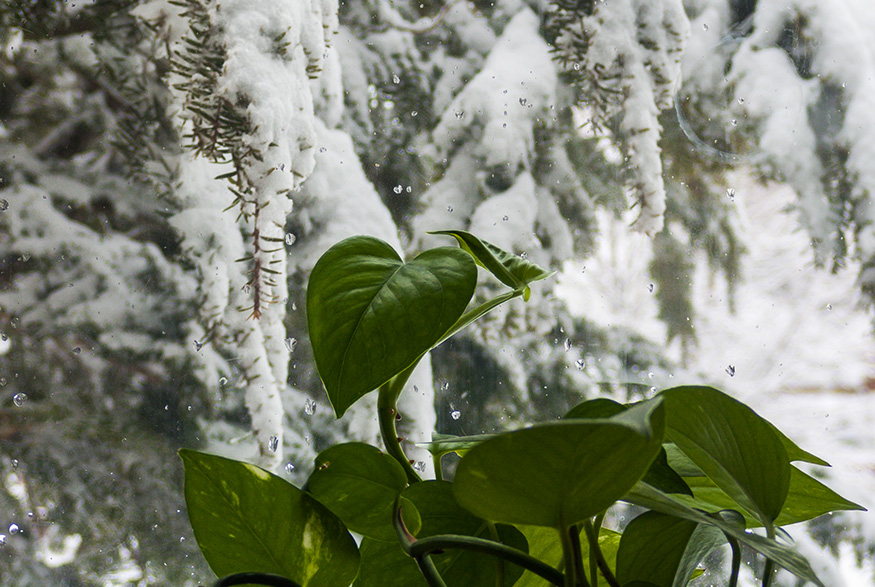
The Problem: Low Temperatures
Many houseplants are native to warmer climes and suffer in the average Canadian winter. Signs that the temperature is too low for your plant are yellowing leaves, brown leaf tips or losing its leaves in general. Low temperatures may also prevent some plants from flowering.
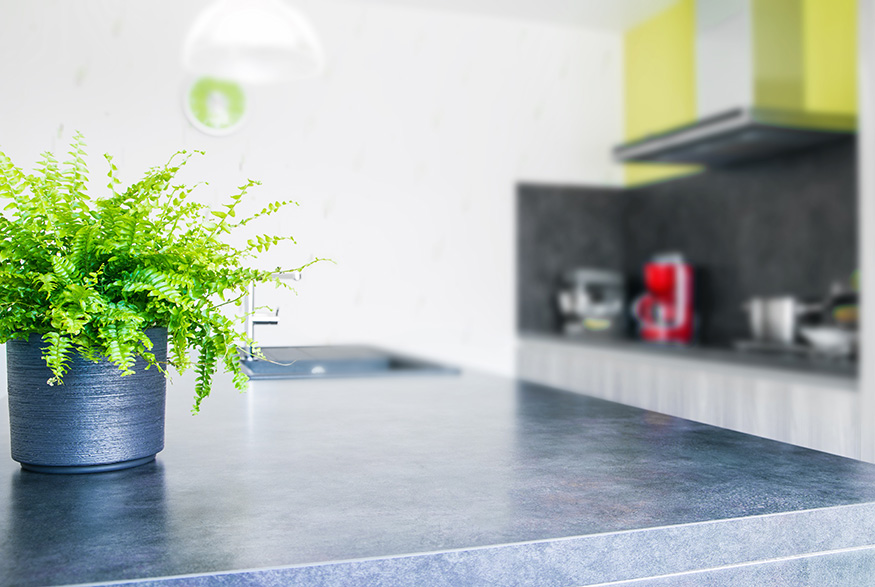
The Solution
When the temperature is too low for your plant, move it to a warmer room, such as the kitchen. Also keep it away from drafts. In some cases you might have to adjust the thermostat in the room to keep the temperature constant.

The Problem: Too Much Light
Many plants don’t like bright, direct sun for extended periods of time, because in nature they grow in forests where trees filter the light. If your plant is getting too much direct sunlight, the leaves will become scorched.

The Solution
If your plant receives too much light, move it further away from the window. Some plants want direct light for part of the day, so take that into account when you’re looking for a new spot for them. Others prefer filtered light, such as through a net curtain or frosted-glass windows.
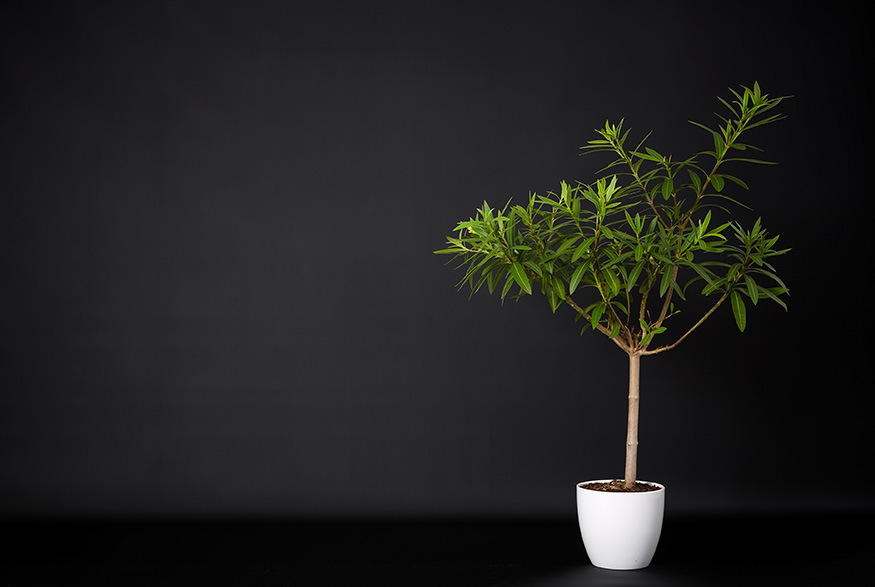
The problem: Not Enough Light
Very few plants thrive in darkness, since they need sunlight for photosynthesis. If your plant isn’t getting enough sunlight, it may become spindly, weak and pale in colour. It may also shed its leaves and flower poorly.

The Solution
A plant that’s not getting enough light will do better again if you move it to a sunnier spot. Before you simply place it in the windowsill, though, check the lighting requirements for that species. Some plants will do better with filtered or partial sunlight.

The Problem: Nutrient Deficiencies
Plants need a combination of nutrients to thrive. The symptoms of nutrient deficiencies vary according to the nutrients that are lacking but in most cases they include discolouration of the leaves, poor flowering and stunted growth.
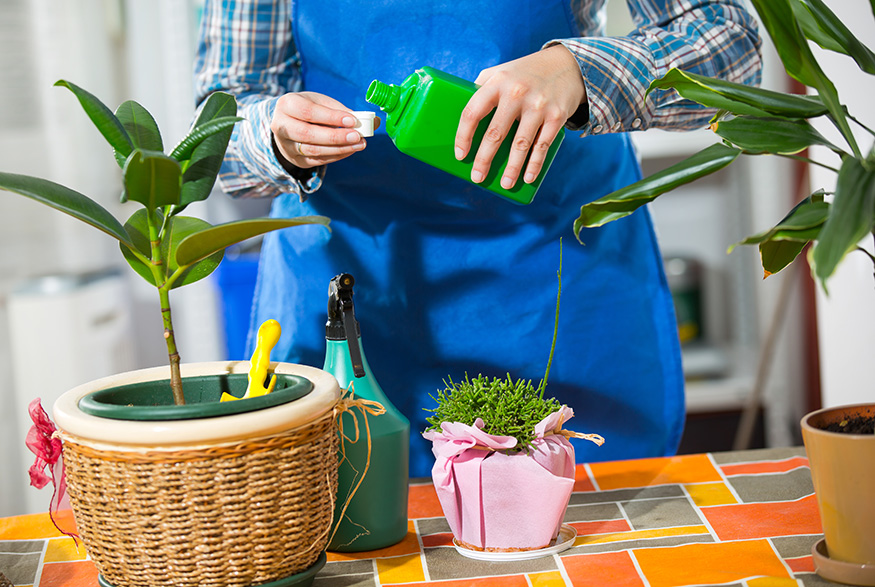
The Solution
If you can pinpoint the nutrient that is lacking, you can add that specific nutrient to the soil. However, you can also increase the soil’s nutrient content in general by adding organic matter. This has the added advantage that it will make the soil less sandy, preventing it from draining too fast and nutrients leaching from it.
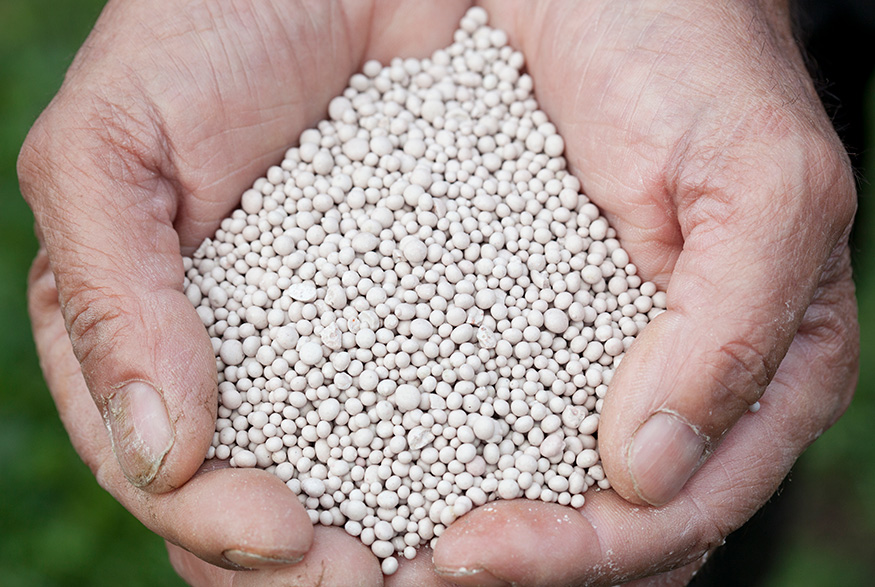
The Problem: Too Much Fertilizer
Too much fertilizer causes nutrient burn in plants. Symptoms of nutrient excess vary according to the nutrient but in general, plants that get too many nutrients will have yellowing or brown leaves, small or no flowers, roots that become brown or black or start rotting, slow growth and shedding leaves.
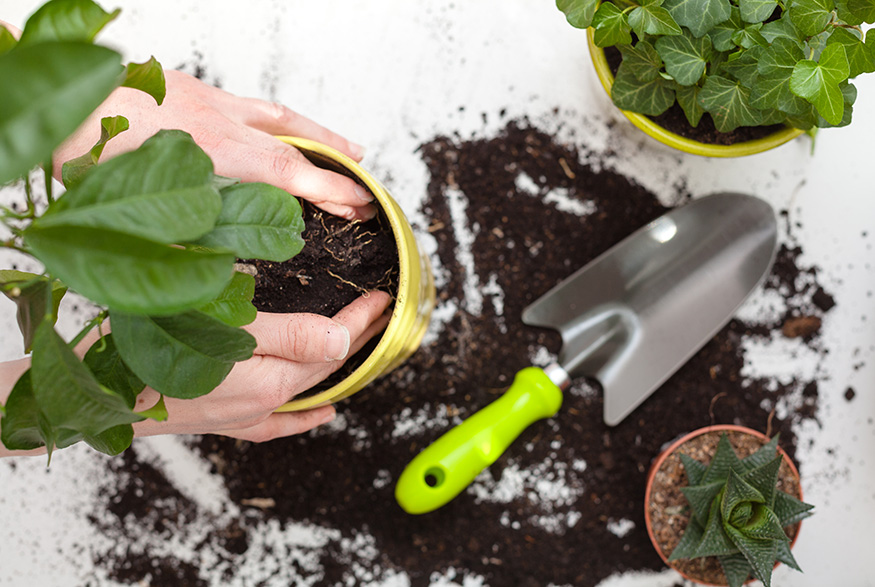
The Solution
If you’ve over-fertilized your plant, there may be a crust of fertilizer on top of the soil. Carefully remove it and then give your plant a good, long watering to leach the excess nutrients from the soil. Remove the damaged leaves and stop adding fertilizer. In extreme cases you might have to repot your plant.
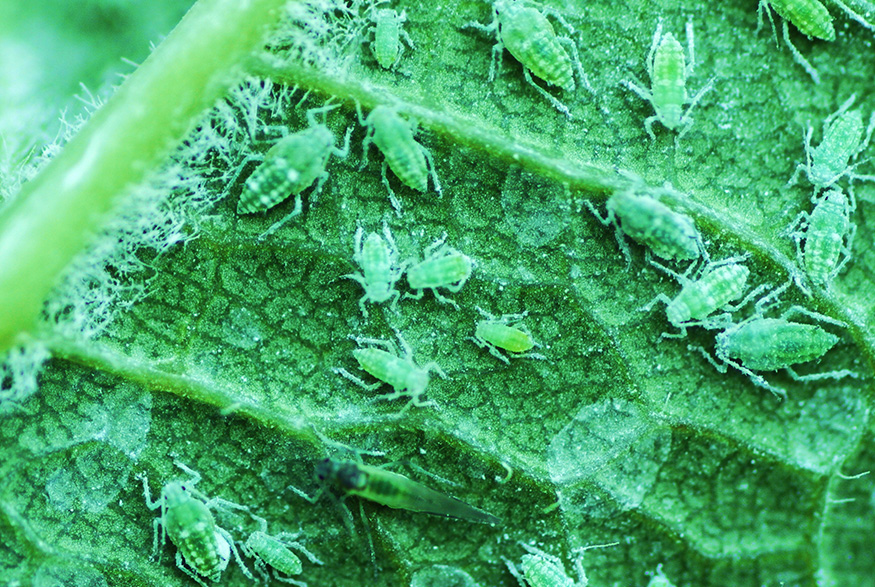
The Problem: Pests
Plants are susceptible to various pests, each causing specific symptoms. However, most pests cause distorted leaves and stunted growth. You may also find holes in the leaves, mouldy spots or web-like matter. Some pests can be seen with the naked eye.

The Solution
There are different ways to deal with different pests, so it’s always a good idea to identify the culprit first. In general, however, you’ll need to remove the damaged and infested plant parts. You can apply an insect repellent like neem oil too. Most importantly, keep the infested plant away from your other plants so that the pests don’t spread.
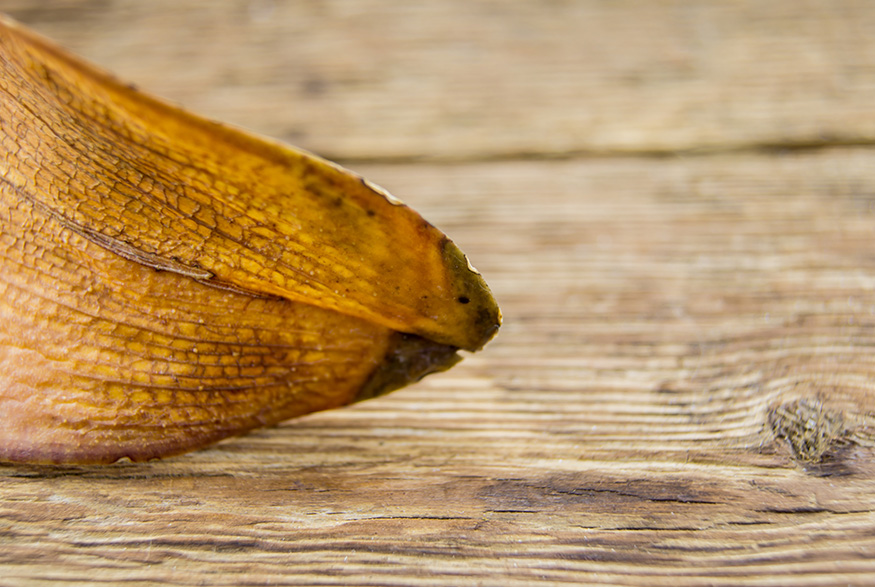
The Problem: Diseases
Different plant diseases cause different symptoms but a diseased plant generally shows leaf discolouration. It may also shed leaves and start wilting.
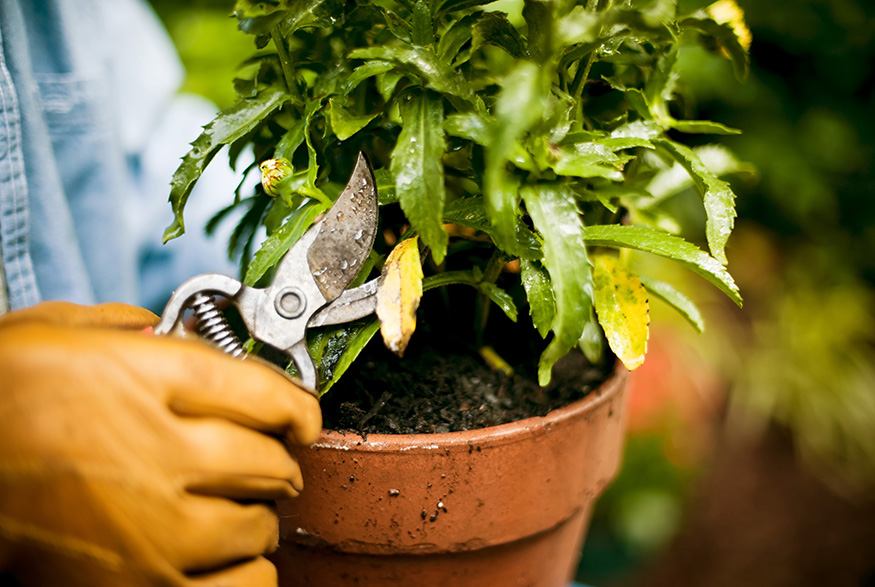
The Solution
You can treat most plant diseases by removing the infected parts, increasing air circulation around your plant and avoiding too much moisture. In some cases you may have to repot the plant in clean soil. Also prevent the disease from spreading by keeping the infected plant away from your other plants.
HGTV your inbox.
By clicking "SIGN UP” you agree to receive emails from HGTV and accept Corus' Terms of Use and Corus' Privacy Policy.





